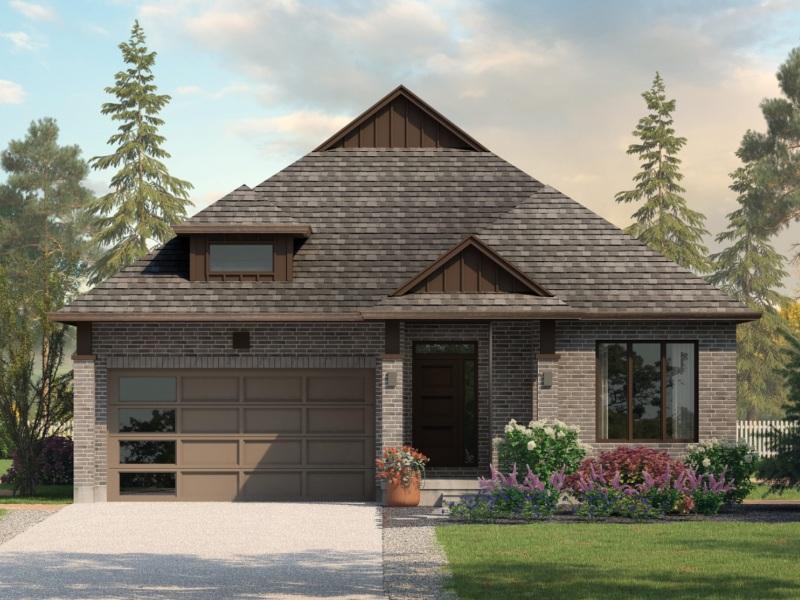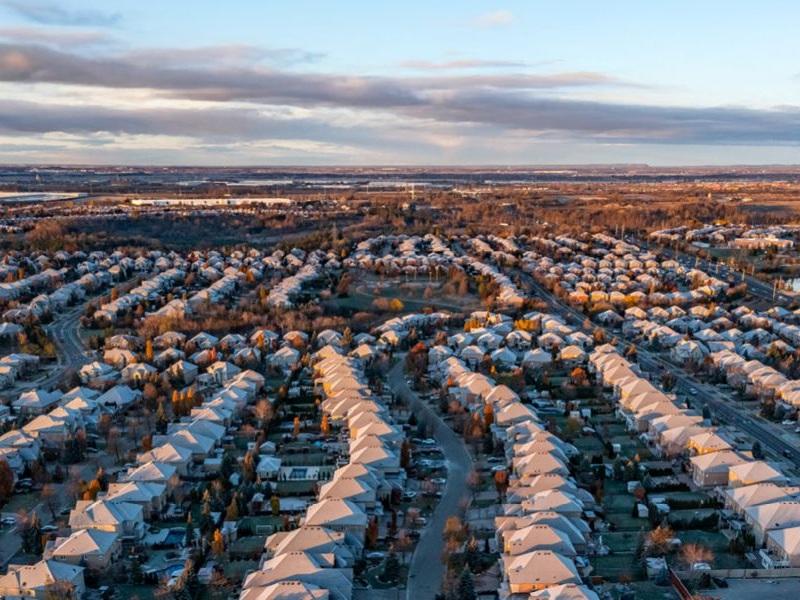
A study by the Joint Center for Housing Studies of Harvard University confirms manufactured housing offers a less-expensive alternative to site-built homes, and calls it a "missed opportunity" within the industry.
Though Comparison of the Costs of Manufactured and Site-Built Housing focuses on the United States, the conclusions resonate in Canada where surging housing costs and a shortage of available housing have become a major issue, leading to a flurry of initiatives to tackle the problem.
Manufactured housing – defined in the study as factory-built homes that comply with building codes established by the U.S. Department of Housing and Urban Development – could be one remedy because of their lower production costs.
With the last notable study comparing costs between manufactured and site-built housing being over 20 years old, and new products hitting the market, Chadwick Reed, a manager of programs and growth at the non-profit Ivory Innovations and a researcher at the centre, set out to study the potential of manufactured homes in expanding home ownership for low- and moderate-income households.
The basis for the study
Reed, with co-authors Chris Herbert and James Shen, found demand for home ownership in the U.S. remains high, but rising land values and cost of construction are raising the bar for entry-level housing supply.
Manufactured housing, the authors write, “has the potential to expand opportunities for affordable homeownership” due to its lower costs.
Drawing on the Census Bureau’s 2021 Manufactured Housing Survey, the average price of a manufactured home was $108,100, compared to $365,900 for a site-built home (excluding the estimated cost of land).
The difference holds on a per-square-foot basis: a manufactured home averaged at $72 per square foot. A site-built home averaged $144 per square foot. But factors such as size, amenities, appliances, locations and transporting the manufactured housing are not considered in this calculation.
To solve this, the co-authors took the cost of land out of the equation and built in the cost of transporting the home, setting it on a foundation and the cost of additional site work.
“We tried to make this as close to an apples-to-apples comparison as possible . . . . You can’t really conclude that the cost advantage of manufactured housing is the product of the homes being smaller or the homes using lower-quality materials – any of these factors that could be looked to as the reason that manufactured housing costs less to build,” Reed said.
The only variable left was production efficiency.
Comparing the types of housing
To narrow down the types of manufactured housing, the co-authors put their analysis to three common types that U.S. residential lender Fannie Mae considers eligible for its Manufactured Home Advantage Lending program: single-section, double-section and CrossMod.
A single-section manufactured home has a total area ranging from 784 square feet to 1,440 square feet, while a double-section varies from 1,344 square feet to 2,432 square feet.
CrossMod is a variant introduced in 2019 to appeal to homebuyers who prefer the aesthetics and design of a site-built home. They include features like a steeper roof pitch, attached porches and garages, and a permanent foundation, which is intended to overcome “zoning restrictions on the siting of manufactured homes by reducing local opposition and stigma attached to this form of housing.”
The stigma around low safety and health standards and aesthetics traditionally associated with manufactured housing is why the industry came up with CrossMod, according to Reed. It is “indistinguishable from a site-built home” to the untrained eye, he added.
The findings of the study
By comparing both manufactured and site-built housing sized at 1,568 square feet, the co-authors found a single-section home costs $56,956; a double-section home costs $109,852; and a CrossMod home is estimated at $147,022.
The cost advantages of manufactured homes are “notable”, the paper states. A single-section manufactured home comes out to 35 per cent of a comparable site-built home, while a double-section is 60 per cent and CrossMod is 73 per cent.
The takeaway from the study is “today’s relatively low level of production of manufactured housing represents a missed opportunity to expand homeownership and improve housing affordability.”
How to promote manufactured housing
Manufactured housing in the U.S. has not recovered to its peak levels from the 1990s, though a small increase has been taking place since the early 2010s.
Freddie Mac surveys found the bias against manufactured homes is diminishing, as older generations pass and younger generations are less swayed by former paradigms.
Reed said once a manufactured home is sited, it performs like site-built housing in terms of appreciation. A study found when manufactured housing is titled as real property as opposed to private property, the real estate appreciation profile is “essentially identical.”
To encourage further adoption, Reed suggested developers, city officials and planners need more education on the benefits of manufactured housing, zoning standards that prohibit manufactured homes must be relaxed, and the process for titling manufactured housing as real property needs to be demystified.
He recommended expanding delivery channels to make it easier to transport manufactured housing to a neighbourhood.
Canadians should reconsider the potential factory-built housing holds for tackling housing affordability, because it slashes the labour costs associated with building housing – one of the key contributors to pricing – Reed concluded.










